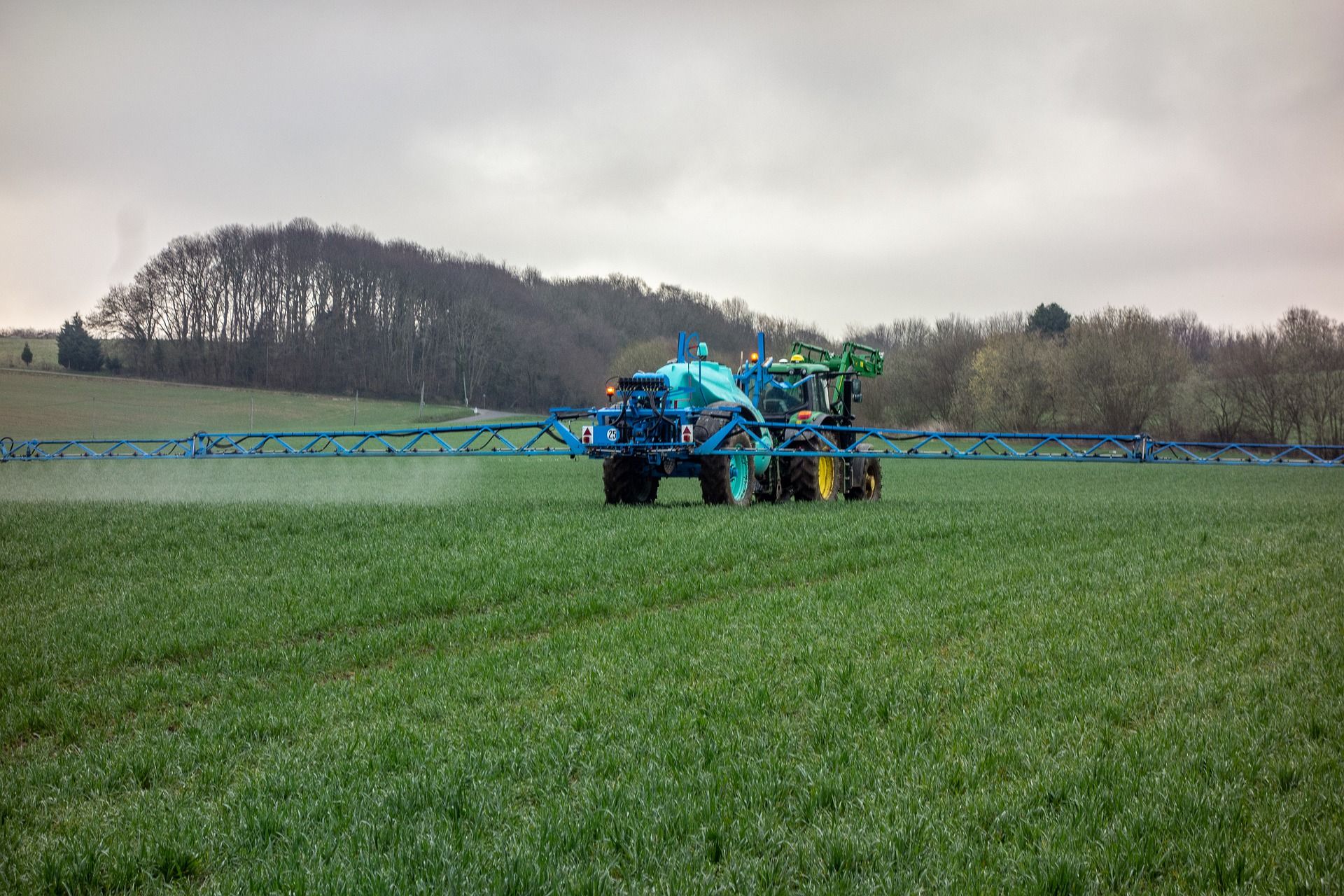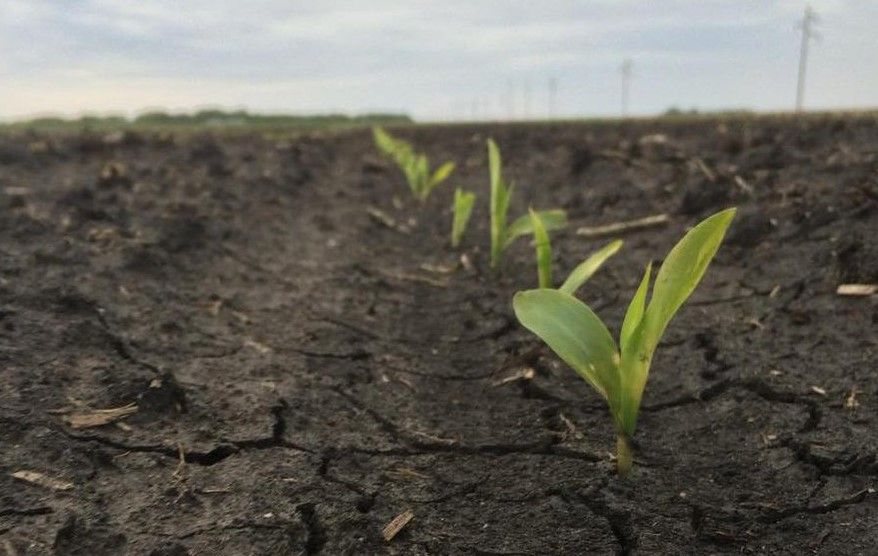American farmers are often thought of as a sceptical and conservative bunch. This makes the news of a growth in experimentation with the use of biofertilizers across the States all the more extraordinary.
An ever-increasing number of American farmers are being drawn to the use of bacteria alongside their traditional fertilizers.

The regional business journal MPR News looked at one such farmer to better understand the agricultural trend taking place. It explained how, “Joel Mathiowetz is one of a handful of farmers in Minnesota who are testing the use of bacteria on their corn fields. The bacteria, which have been genetically modified and developed by California-based Pivot Bio, will help the corn plants convert nitrogen from the atmosphere into a form the corn plants can use as fertilizer. The idea is to eventually replace synthetic nitrogen fertilizer with microbes.”
Adding that while the biofertilizer product is, “… not commercially available in Minnesota yet, Mathiowetz is in his second year of testing the microbes on his farm.”

Mathiowetz runs a family farm of 2,500 acres in southern Minnesota, and grows not just corn, but also soybeans and peas. He’s happy with the simplicity of using biofertilizer, as he describes, “I just push some fish food-looking material into a solution and activate the microbes prior to applying it to our field.”
He’s also happy with the results, with last year’s test plots produced six bushels more corn per acre than on fields where regular fertilizer was used alone.
However, there is nothing new about nitrogen fixation. It is a biological, symbiotic process developed over millions of years, whereby bacteria attach to the roots of the growing corn and convert nitrogen in the air into a form the plant can use. In return, the bacteria ensure the health of their food source, the plant.
What is new is mankind’s impact on the soil, where synthetic nitrogen has been continually added by generations of farmers upsetting the natural balance.
“The challenge is that nitrogen fixation requires a lot of energy,” explains Sarah Bloch, Pivot Bio's associate director of research. “When there's nitrogen present, the microbe is really efficient at turning off those genes so that it can save that energy.”
This means that when there is plenty of nitrogen in the soil, the bacteria stop helping the plants with fixation and simply feed on the corn roots.
The breakthrough that Pivot Bio made is in finding a bacteria that lives on corn roots and tweaking its genes so that in no longer stops fixation, regardless of how much nitrogen is present. The company believes it to be the world’s first “nitrogen-enhancing microbe of its kind on the market” and has placed it on the market in 25 states. This year it sold out in everyone one of them.
This is a great success not only for the company and the biofertilizer industry, but for the environment as well, as by using nitrogen fixing bacteria, less bulk fertilizer is needed, limiting the run-off into lakes and rivers that cause algal blooms.
“We want to solve a specific problem,” says Bloch, “which is the negative impacts of synthetic nitrogen on the environment.”
Mathiowetz is being paid to test the new biofertilizer and collect data on the test plots, but despite the positive returns on his crop yields he remains cautious.

“We're always sceptical of new products that are coming to our farms,” he says. “We're always sceptical of new technologies and how they may or may not help us and the consequences or unintended consequences that they may have.”
As a businessman, he looks to the economics of farming first. “Is there a cost savings?” he asks. “Is there a nitrogen savings? Is there an application saving? Does this provide an opportunity for our crop to grow to a greater potential?”
He therefore plans to slowly adapt his farming practices with biofertilizer so he can weigh up the pros and cons (and his bank balance) over time. For example, this year he plans to skip a side-dress fertilizer application (an additional dose of nitrogen fertilizer that is added when the corn plants are about ten centimetres tall). This will save him time and money, but he will have to account for its impact on crop yield before he is convinced.

Bloch and her colleagues at Pivot Bio understand that the switch to biofertilizer across the industry will be a slow and steady process. But remains hopeful that their product and others like it can help farmers and protect the environment.
As she states, “We think that we can make a product that can both provide enough nitrogen and maintain profitability enough for a farmer that they will eventually shift to reducing the application of synthetic nitrogen.”

Part of the problem is that we still know so little about the billions of microbes in soil, and how they interact with each other and different plants. As a result, soil science and the use of biofertilizers has its sceptics. But it also has its backers, including Bayer and the Bill and Melinda Gates Foundation who see it as a key approach to sustainable farming.
They, like Mathiowetz and the rest of the agribusiness sector, are still waiting for the financial results to come in. But if the economics add up, they'll join the long list of farmers making the switch to biofertilizer.
Photo credit: Fineartamerica, Mncorn, Pivotbio, Greentumble, Wikipedia, & Mprnews
